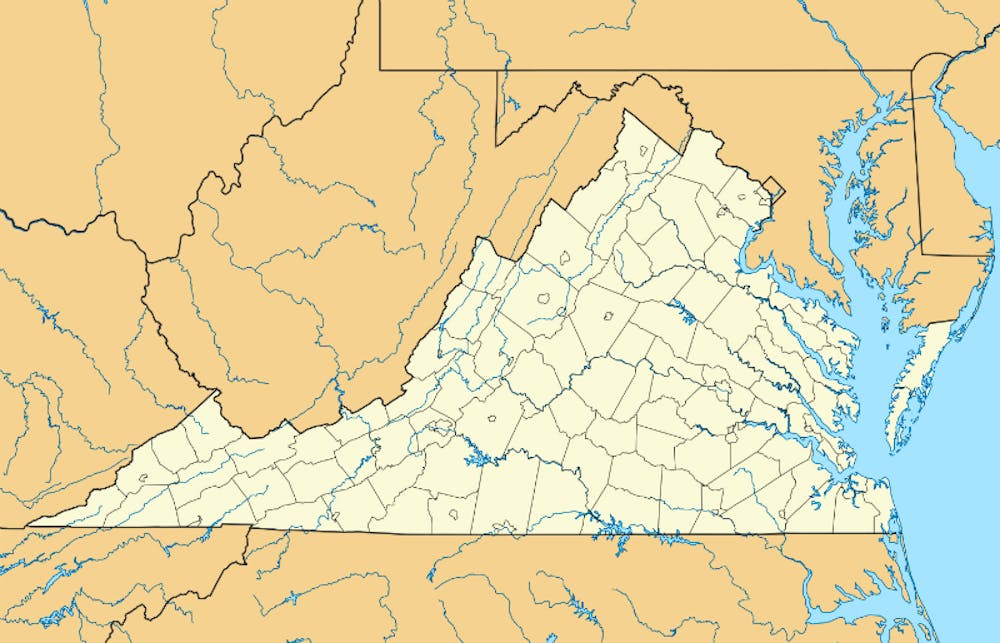A new report on Virginia population growth from the Weldon Cooper Center for Public Service has found that, although the state's rate of growth has declined in recent years, it is outpacing the national growth rate.
In the past, Virginia's growth rate was substantially higher than the national average, partly because so many individuals were moving to northern Virginia, Cooper Center Research Specialist Hamilton Lombard said.
Since 2010, Virginia’s population has grown by 4.8 percent — a rate higher than the national average of 4.1 percent. However, the rate may have started to slow down in part due to cuts in federal spending, Lombard said.
"[The decline in growth] started up right about the same time you had the federal budget sequestration, which has definitely affected the economy of Northern Virginia and Hampton Roads where you have a lot of federal money floating around,” Lombard said.
The declining economy has played a major role in Virginia's slow growth, Lombard said.
"Immigration in the country isn’t what it was in the 1990s and early 2000s and that again kind of goes back to the economy,” Lombard said. “If there isn’t the money, people don’t necessarily move in.”
One of the other major factors contributing to Virginia's slowing growth rate is the balance between the number of births and deaths, Lombard said.
"There’s two ways the population grows. One is people moving in and out and the other is your births [and] deaths balance," Lombard said. "A lot of retirees love moving out to rural areas in the state, but they have to have enough people moving in just to make up for that population loss, more births than deaths… and that often doesn't happen."
Lombard said this decline in growth will be an issue for rural areas of the state.
"It is a challenge, though, in rural areas because the first place you start feeling that slow down of growths since it’s driven by births is going to be your schools," Lombard said. "And that’s a huge part of local government expenditure. It’s hard to run the schools efficiently when they’re way under capacity.”
Unlike the rest of the state, Charlottesville has experienced massive growth in recent years. Between 2010 and 2015, Charlottesville’s population grew by 10.9 percent according to the Cooper Center’s statistics. Albemarle County also saw 6.1 percent population increase since 2010.
"[Charlottesville's] population was not growing very much for several decades, but it’s really accelerated, and it’s one of the fastest growing cities in the state," Lombard said.
Lee Catlin, Albemarle County assistant executive for Community Relations, said the county’s growing population is not “overwhelming,” but it could lead to more traffic and higher school enrollment.
Lombard said he is hopeful the rest of the state will catch up in the future.
"I think we’ll recover. I think you probably will see maybe in another five years, or by the end of the decade, you may see growth rate statewide go back up,” Lombard said. “We don’t know that for certain, but given how much this is a departure from historical trends I would expect a little bit of correction at some point.”







